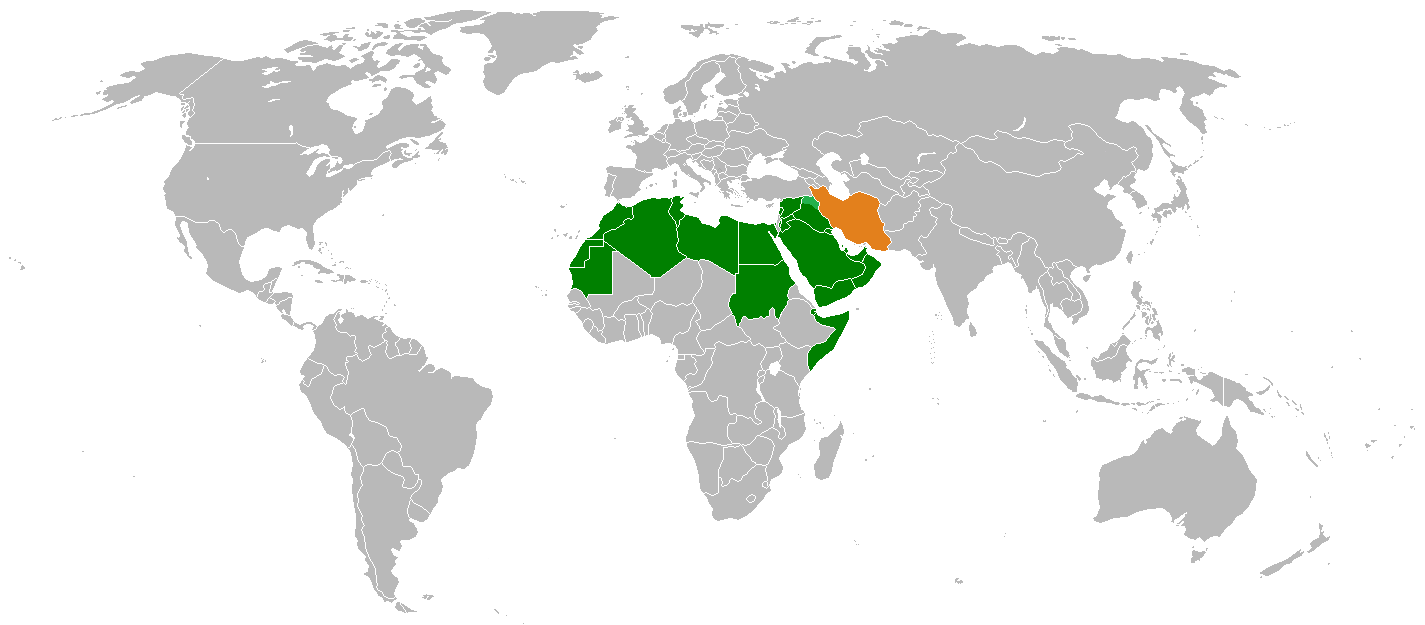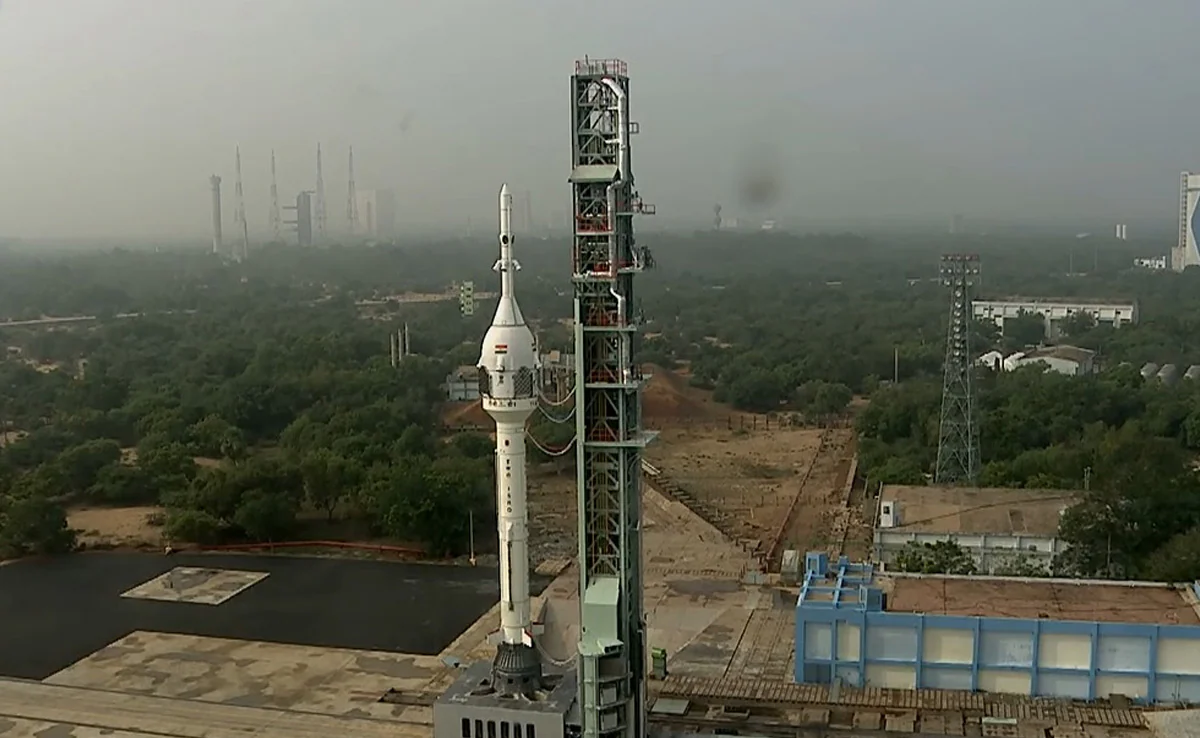- Courses
- GS Full Course 1 Year
- GS Full Course 2 Year
- GS Full Course 3 Year
- GS Full Course Till Selection
- Online Program
- GS Recorded Course
- NCERT (Recorded 500+ Hours)
- Polity Recorded Course
- Geography Recorded Course
- Economy Recorded Course
- AMAC Recorded Course
- Modern India, Post Independence & World History
- Environment Recoded Course
- Governance Recoded Course
- Science & Tech. Recoded Course
- International Relations and Internal Security Recorded Course
- Disaster Management Module Course
- Ethics Recoded Course
- Essay Recoded Course
- Current Affairs Recoded Course
- CSAT
- 5 LAYERED ARJUNA Mentorship
- Public Administration Optional
- ABOUT US
- OUR TOPPERS
- TEST SERIES
- FREE STUDY MATERIAL
- VIDEOS
- CONTACT US
RBI 90TH ANNIVERSARY
RBI 90TH ANNIVERSARY
03-04-2024

The Reserve Bank of India (RBI) entered its 90th year on April 1, 2024. Prime Minister Narendra Modi addressed the celebration of this historic occasion at Mumbai's National Centre for the Performing Arts (NCPA) and unveiled a commemorative coin.
- Prime Minister Narendra Modi on April 1 said India needs to increase its economic self-reliance in the next 10 years to mitigate the impact of global crises, and make rupee more accessible and acceptable throughout the world.
History of RBI
- The Reserve Bank of India (RBI) serves as the country's central bank.
- The RBI's establishment was based on the recommendations of the Hilton Young Commission.
- The Reserve Bank of India Act, 1934, provides the legal framework for the Bank's operations, which commenced on April 1, 1935.
- Sir Osborne Smith was appointed as the RBI's first governor.
- Sir C.D. Deshmukh became the first Indian governor of the RBI in August 1943.
The Bank was constituted to:
- Regulate the issuance of paper money (banknotes).
- Maintain monetary reserves to ensure stability.
- Operate and manage the nation's banking and monetary system for its benefit.
Timeline:
- The Reserve Bank of India started its operations by assuming the functions of the Controller of Currency, which were previously handled by the government. It also absorbed the Imperial Bank of India's public debt management and government accounts responsibilities.
- Currency offices located in Calcutta, Bombay, Madras, Rangoon, Karachi, Lahore, and Cawnpore (Kanpur) all became part of it.
- The Banking Department established offices in key cities, including Calcutta, Bombay, Madras, Delhi, and Rangoon.
- Burma, now known as Myanmar, gained independence from the Indian Union in 1937. However, the Reserve Bank of India continued to act as the central bank for Burma until the Japanese occupation during World War II. After the war, this arrangement lasted until April 1947.
- The Reserve Bank of India (RBI) initially served as Pakistan's central bank until June 1948, when the State Bank of Pakistan became operational after the Partition.
- RBI was nationalized in 1949.
- When India started its planning initiative, the role of the central bank became prominent in development, especially in agriculture.
- During the liberalization era, the RBI shifted its attention back to its core responsibilities, including monetary policy, bank supervision and regulation, and the payment systems' oversight.
- Along with carrying out its core banking functions, the Bank actively contributed to developing the country's financial structure by founding institutions like the Deposit Insurance and Credit Guarantee Corporation of India, the Industrial Development Bank of India, and the National Bank of Agriculture and Rural Development (NABARD).
- The Reserve Bank of India's (RBI) four regional offices are located in Chennai, New Delhi, Kolkata, and Mumbai. Additionally, it operates offices at 33 different locations across the country.
- The Reserve Bank of India (RBI) is India's central bank and an independent monetary authority. Its primary objectives include regulating banks, managing foreign exchange reserves, and controlling inflation.
- The RBI's central board of directors, consisting of 21 members, oversees its overall functioning.
- The board comprises the governor, 4 deputy governors, 2 finance ministry representatives, 10 government-nominated directors representing critical sectors of India's economy, and 4 directors representing local boards headquartered in Mumbai, Kolkata, Chennai, and New Delhi.
Main functions of RBI
- Monetary Authority:
- Formulates, implements, and monitors monetary policy.
- Objective: Maintain price stability while considering growth.
- Regulator and Supervisor of the Financial System:
- Prescribes broad parameters for banking operations.
- Objective: Maintain public confidence, protect depositors, and provide cost-effective banking services.
- Manager of Foreign Exchange:
- Manages the Foreign Exchange Management Act, 1999.
- Objective: Facilitate external trade and payments and maintain the foreign exchange market.
- Issuer of Currency:
- Issues, exchanges, or destroys unfit currency.
- Objective: Provide adequate supplies of high-quality currency notes and coins.
- Developmental Role:
- Performs promotional functions to support national objectives.
- Regulator and Supervisor of Payment and Settlement Systems:
- Introduces and upgrades safe and efficient payment systems.
- Objective: Maintain public confidence in payment and settlement systems.
- Banker to the Government:
- Performs merchant banking functions for central and state governments.
- Acts as their banker.
- Banker to Banks:
- Maintains banking accounts for all scheduled banks
Powers of the RBI
- The RBI regulates and supervises public sector and private sector banks.
- The powers of RBI are wide-ranging and comprehensive to deal with various situations that may emerge in all banks.
Under the provisions of the Banking Regulation Act, 1949, it can:
- Inspect the bank and its books and accounts.
- Give directions to secure the proper management of the bank.
- Direct special audit of the bank.
- Direct the bank to initiate insolvency resolution process in respect of a default, under the provisions of Insolvency and Bankruptcy Code, 2016.
- Issue directions to banks for resolution of stressed assets.
- Give assistance to any bank by means of the grant of a loan or advance.
|



